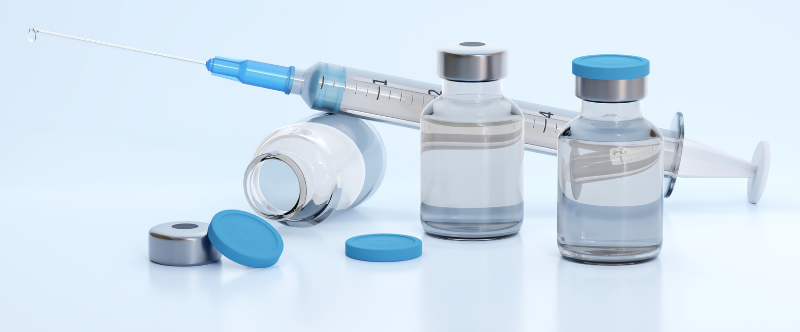5 Major Differences between RO and EDI Water Systems

Principle
RO (Reverse Osmosis) System
-
Works on the principle of semi-permeable membrane filtration where water is forced under pressure through a membrane that allows water molecules to pass but rejects most dissolved salts, organics, and particulates.
EDI (Electrode ionization) System
-
Works on the principle of ion exchange resins combined with direct current (DC) electricity to continuously remove ionized species from water, regenerating the resins electrically without chemical regenerants.
5 Major Differences between RO and EDI Water Systems
| Aspect | RO (Reverse Osmosis) | EDI (Electrodeionization) |
|---|---|---|
| 1. Process Principle | Physical filtration through a semi-permeable membrane under high pressure. | Continuous deionization using ion exchange resins and DC electric current. |
| 2. Removal Efficiency | Removes 95–99% of dissolved salts, organics, and particulates. | Polishes water to very high purity (resistivity ≥ 15–18 MΩ·cm). |
| 3. Chemical Requirement | No chemicals for operation; membrane cleaning may need chemicals. | No chemicals for regeneration; regeneration is electrical. |
| 4. Operating Stage | Often used as a primary purification step. | Used as a final polishing step after RO. |
| 5. Maintenance | Membranes need periodic cleaning or replacement. | Ion exchange resins have a long life due to electrical regeneration. |
Key Points
-
RO is generally installed before EDI to reduce load and extend resin life.
-
In pharmaceutical water systems (like USP Purified Water or WFI), RO + EDI combination is common for cost-effectiveness and compliance with pharmacopeia standards.

